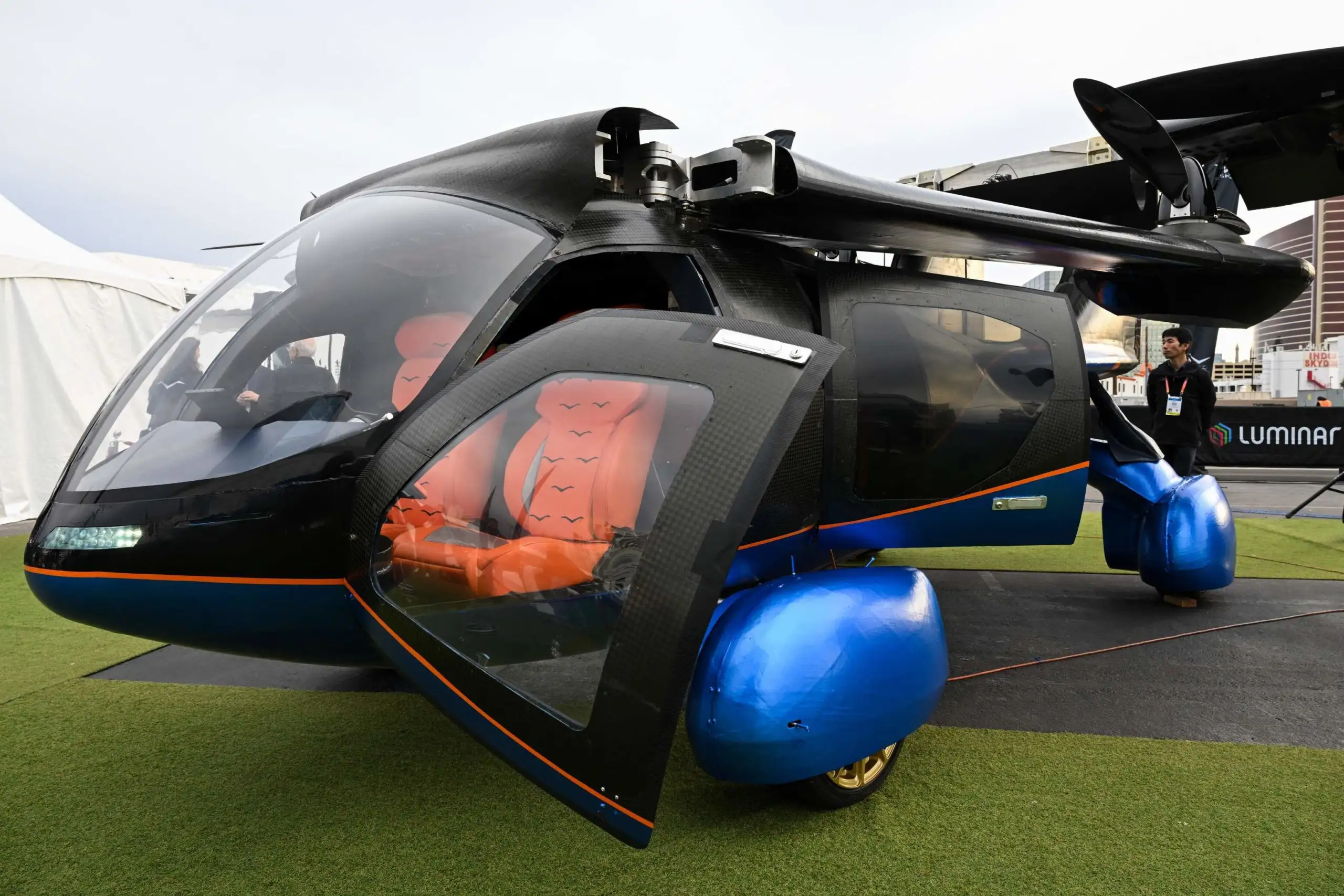QR code menus had an official come-up during the pandemic, enabling touchless ordering (and giving us an excuse to check TikTok at the table).

But menus are likely the first of many use cases as the technology gains wider adoption in the US.
Quick Response (QR) codes are 2-dimensional barcodes
The codes can be read by mobile phone cameras with code-reading functionality, enabling touchless transactions.
QR codes have been popular in China for years after being integrated into digital wallets like AliPay and WeChat pay.
America has been slow to catch on due to consumer confusion and the need for a special app to read the codes, per the New York Times.
Apple enabled the iPhone camera to read QR codes in 2017
When the pandemic created an urgent need for touchless transactions — QR codes took off.
Data since the start of the pandemic shows merchants are all in:
- 50% of all full-service restaurants in the US have added QR code menus
- PayPal has added QR code payments to ~1m small businesses
- CVS added QR code payments at 8.2k locations in the US
QR codes offer benefits for restaurants beyond touchless transactions — including savings of 30% to 50% on labor costs and increased order sizes, per NYT.
But the biggest benefit is hyper-personalized marketing
QR code menus use cookies to capture and track customer data. This allows restaurants to store purchase data alongside contact and payment information.
Critics claim this is pulling online tracking into the real world, and could be the first step toward constant tracking outside the home.
Despite privacy concerns, expect adoption to grow as more merchants try to get a piece of the QR code marketing gold mine.











